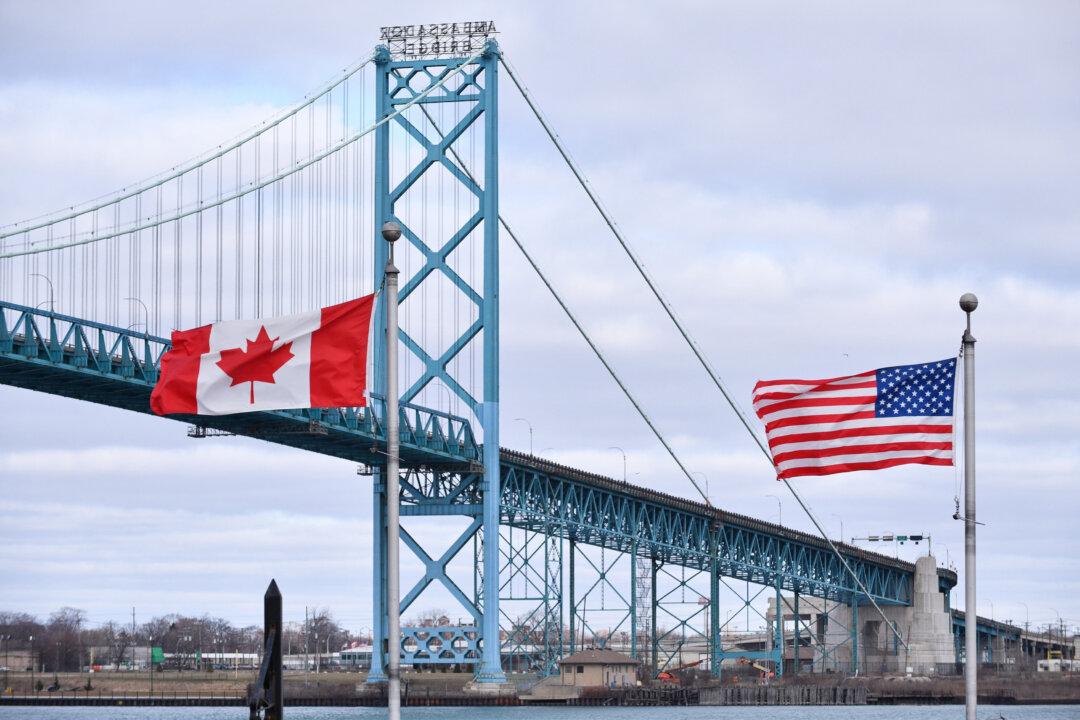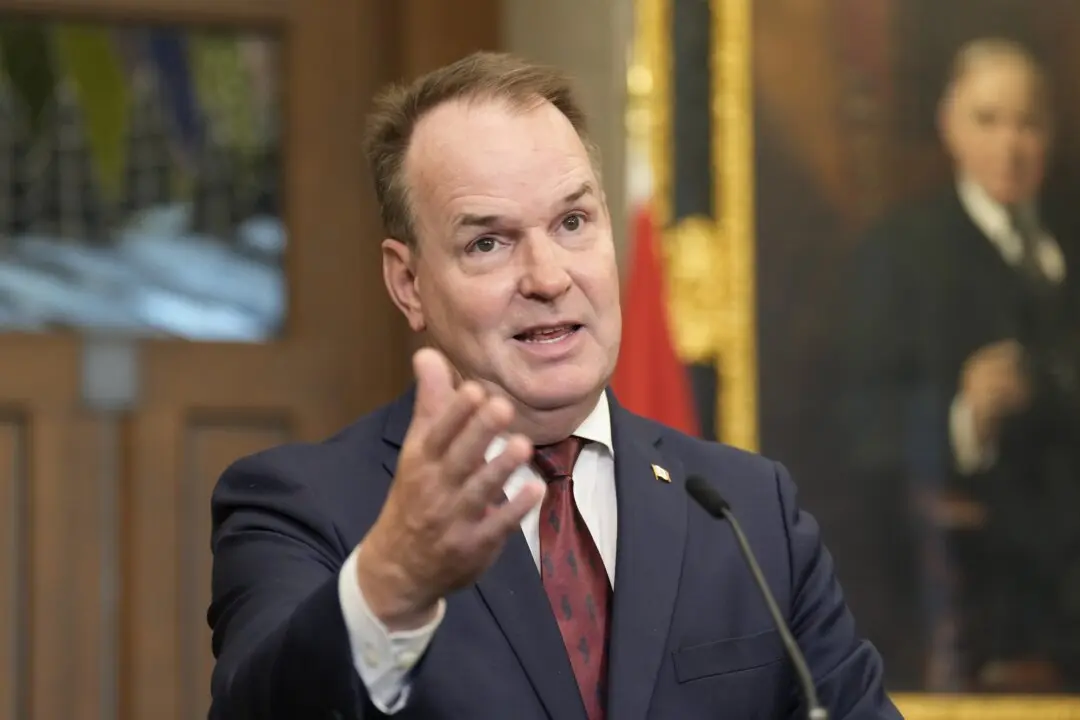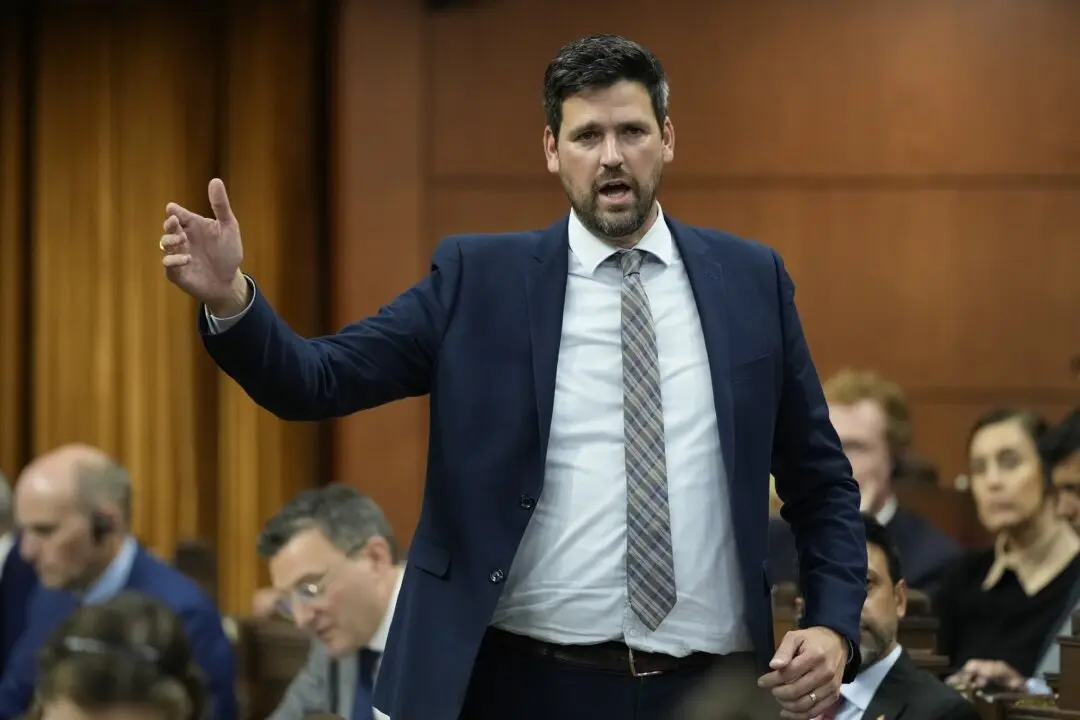U.S. President-elect Donald Trump sent a jolt through Canada by threatening stiff tariffs if the country doesn’t take action to address illegal migration and drugs flowing south. But how concerning is the situation at the Canadian border, and how does it compare to the Americans’ situation with Mexico?
Trump has been very vocal about immigration issues at the U.S. southern border, calling it an “invasion.” He also blamed Mexico, along with China, for the potent synthetic opioid fentanyl pouring into the United States and devastating communities. Nevertheless, Canada was lumped in with Mexico in Trump’s Nov. 25 tariff threat.





